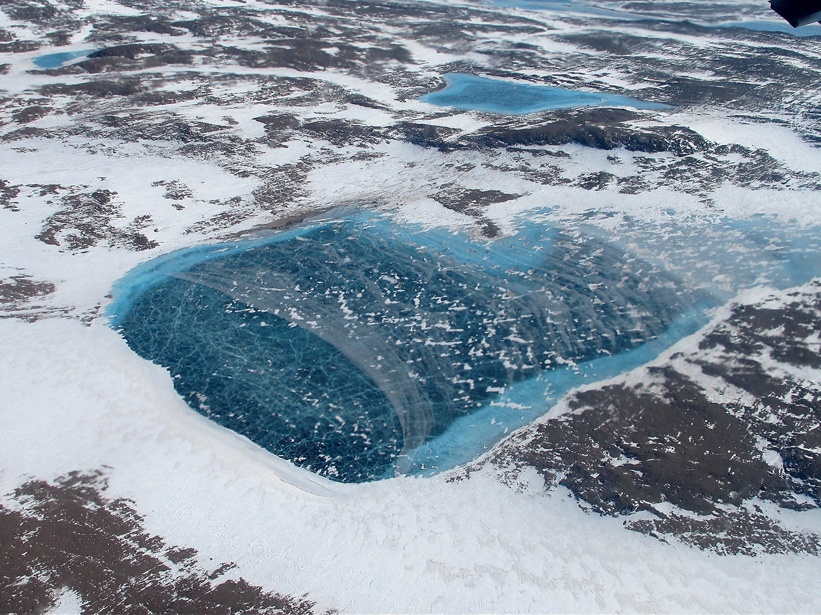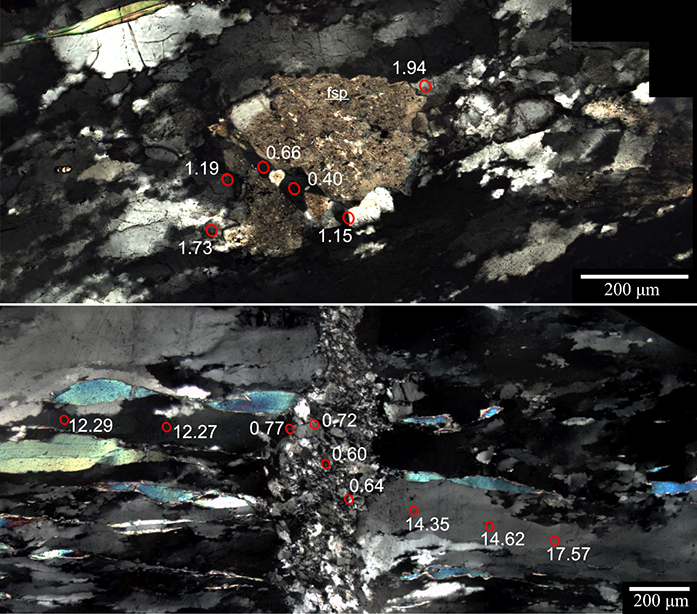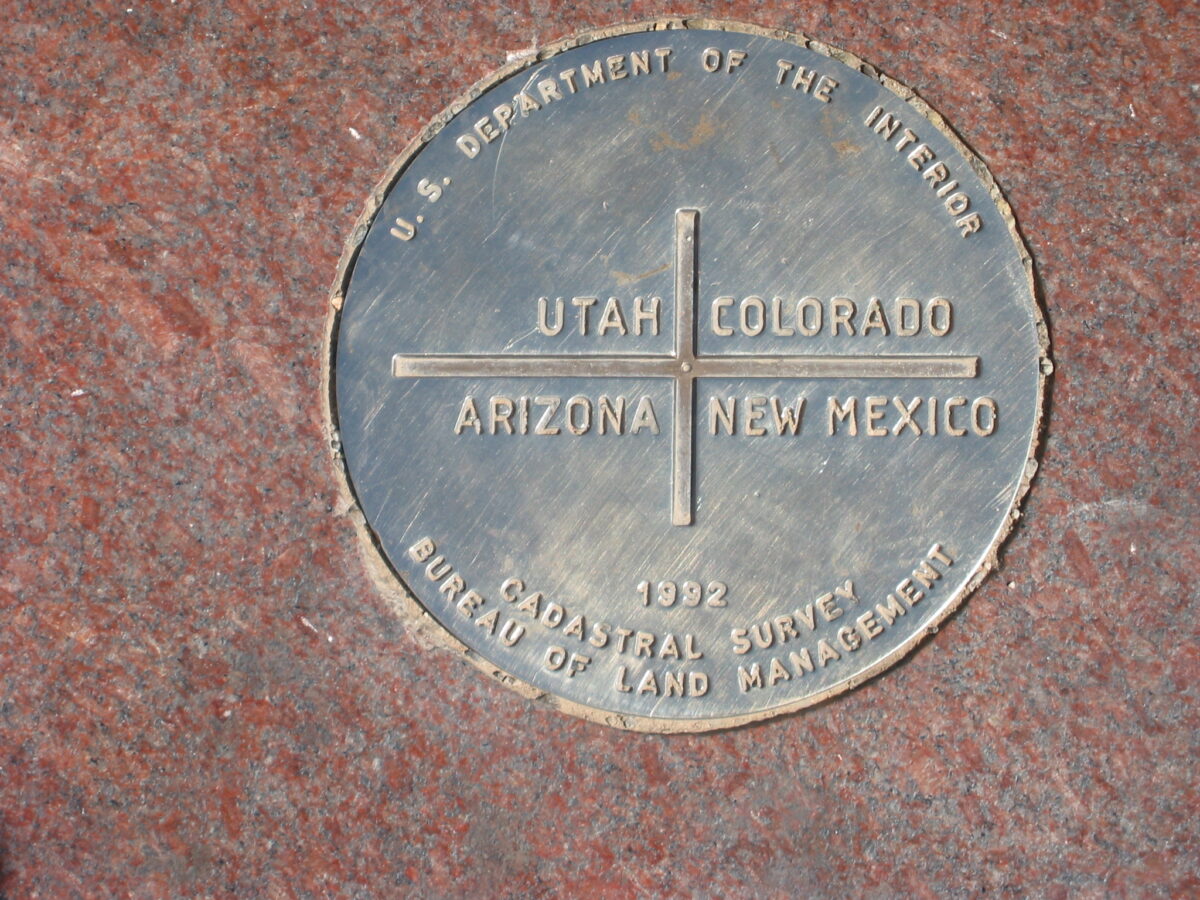New measurements made in Greenland’s ice sheet show ice deformation in a caterpillar-like flow.
E. Betz
What’s Driving Titan’s Atmosphere?
A new analysis of Cassini data reveals a major source of heavy hydrocarbons on Saturn’s moon Titan.
Seismic Wave Modeling Goes Local
A new technique brings accurate models of traveling seismic waves to a regional scale.
A New Level of Understanding for Coastal Aquifers
New models of saltwater-freshwater mixing in coastal aquifers show how salinity varies throughout the year, with implications for what happens to groundwater pollutants before they reach the ocean.
Trace Element Holds the Key to Deformation of Continents
Studies of titanium in quartz grains could help scientists gain a better understanding of our planet's shifting surface.
Southwest’s Four Corners Home to Largest U.S. Methane Signal
Satellite data reveal fossil fuel harvesting operations in the Southwest's Four Corners are generating the country's largest methane signal viewable from space.
Silk Insect Nets Can Reshape Creek Beds
Colonies of tiny caddisflies slow stream sediment transport with their silk nets.
El Niño Fades Without Westerly Wind Bursts
Pacific Ocean conditions brought El Niño winter forecasts in early 2014, but the chances faded by late summer. New research places blame on shifting winds.
Fiber Optics Can Improve Borehole Measurements
Scientists demonstrate the potential of fiber optics to measure fluid flow in boreholes as an alternative to traditional measurement techniques.
Ocean Carbon Uptake More Variable Than Previously Thought
Researchers create a global model of carbon dioxide absorbed by the ocean to get a better idea of how the greenhouse gas influences climate.







